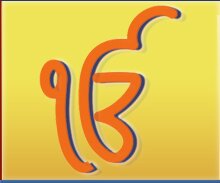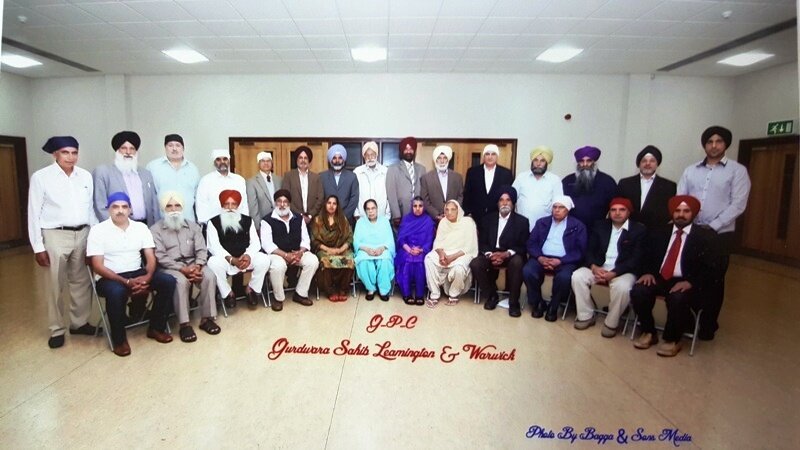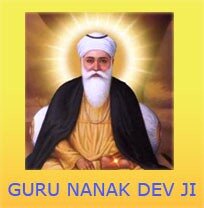Helping Youth Understand Originality in School Work
Originality is more than just a school requirement—it’s a value that reflects personal growth, responsibility, and self-expression. For today’s students, especially those involved in diverse community and cultural programs, learning how to create original work is essential for both academic success and character development.
But many students, especially at the high school level, are unsure of how to approach originality in writing. They might copy a paragraph from a website, reuse part of a classmate’s project, or rely too heavily on AI tools without understanding what counts as plagiarism.
This article explores the concept of originality in school work, its significance, and how students can verify their writing using tools that don’t require expensive software or school subscriptions, such as Turnitin Checker.
Why Originality Matters
Originality means expressing your ideas in your own words. It shows that you’ve understood a topic and can contribute your voice to the conversation. In school work, originality helps students:
- Think critically and creatively
- Develop independent learning habits
- Show what they’ve truly learned
- Build trust with teachers and peers
- Prepare for higher education or employment
It also instills lifelong values, including honesty, integrity, and respect for others' work.
What Plagiarism Looks Like
Plagiarism isn’t always intentional. Students may commit it without realizing they’ve done anything wrong. Common examples include:
- Copying from a website or article without citing the source
- Rephrasing someone else’s words too closely
- Submitting a friend’s assignment as your own
- Letting AI tools generate full essays without editing
- Reusing your work for different classes without permission
Why Turnitin Isn’t an Option for Many Students
Many schools rely on Turnitin Checker to detect plagiarism in student writing. But Turnitin is usually only available at colleges or universities. It requires a school-wide license and individual student login. That makes it inaccessible for:
- Most primary and secondary school students
- Homeschool learners
- Students in faith-based or community-led programs
- Independent learners without a school email account
And even when a school has Turnitin, it may only be used in certain classes—like English or AP courses—not across all subjects.
What Students Can Use Instead
There are easy-to-use, web-based tools that allow students to check their writing without needing a school account or expensive software. These platforms are designed with independent users in mind and are also used in other fields like publishing and journalism—where plagiarism can carry legal and reputational consequences. (If you're curious how originality concerns show up outside the classroom, take a look at how plagiarism affects self-published writers in this overview of the Turnitin Checker for Authors.)
| Feature | Why It Helps |
|---|---|
| ✅ No academic login needed | Use anytime, from home or school |
| ✅ Web scanning | Compares text against websites, blogs, and articles |
| ✅ Easy reports | Shows which parts match other sources |
| ✅ Privacy-focused | Doesn’t store or sell your writing |
| ✅ Works with many formats | Supports DOCX, PDF, Google Docs, and more. |
One such tool is PlagiarismSearch, which provides clear originality reports without needing a university account. Students can upload their work and receive feedback to help them revise confidently.
How Parents and Mentors Can Help
- Talk About Why Originality Matters: Emphasize that writing their ideas helps them grow.
- Provide Clear Examples: Show the difference between copying and paraphrasing.
- Encourage Responsible Use of Online Sources: Teach them to take notes and cite properly.
- Support the Writing Process: Give time for brainstorming, drafting, and revising.
- Share Tools They Can Use: Recommend easy-to-use originality checkers.
Common Student Questions (And How to Answer Them)
“But I found it online—isn’t it public?” Even public content belongs to someone. If you use it, cite it.
“I only changed a few words—is that enough?” Probably not. Paraphrasing means fully understanding and rewriting.
“Can’t I just use ChatGPT?” AI is a starting point, not a substitute. Always review and revise.
“I didn’t mean to copy—it just happened.” That’s okay. Learn from it and improve.
Final Thoughts
Today’s students are growing up in a digital world where information is readily accessible and often easily copied. However, true learning occurs when students take the time to process ideas, form their thoughts, and express them with confidence.
Turnitin Checker might not be available to everyone, but that doesn’t mean students are without support. Tools like PlagiarismSearch make it easier for young learners to take responsibility for their writing before they hit submit.
Originality isn’t about being perfect. It’s about showing up honestly, learning through the process, and preparing for whatever comes next—whether that’s college, work, or service to the community.


